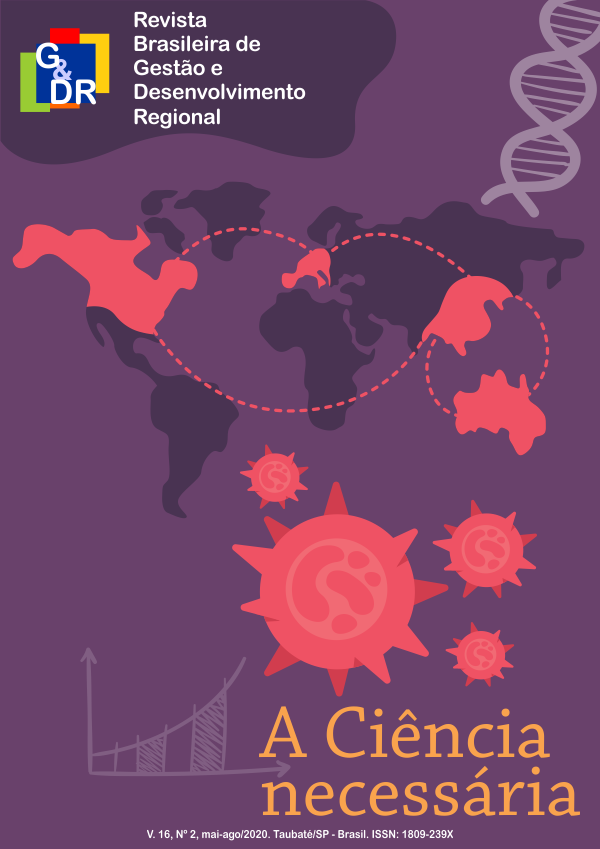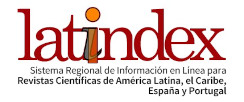RELATIONSHIP BETWEEN FINANCIAL COOPERATIVISM AND RURAL CREDIT WITH GAUCHO GDP: A SPATIAL ANALYSIS
Keywords:
Credit cooperatives, spatial distribution, economic growthAbstract
The objective of this article was to analyze the spatial distribution of credit cooperatives and the rural credit concession in the municipalities of Rio Grande do Sul, as well as to verify the relation with the GDP of each city. An Exploratory Analysis of Spatial Data – AEDE – was conducted, and the results of the research confirmed the existence of a spatial dependence for the variables of interest to the study. The credit cooperatives' attendance stations variable presented spatial autocorrelation in 148 municipalities, and for the concession of rural credit in 179 towns. In the bivariate analysis GDP/Rural Credit, 179 municipalities show spatial autocorrelation, same number for the relation between credit cooperative attendance stations and rural credit, and 148 towns for the GDP/Credit Cooperatives' Attendance Stations ratio. According to the acquired results, it is observed that the geographic aspect plays an important role in the economic growth potential (GDP), as well as the existence of clusters of the studied variables and the existence of the overflow effect, which demonstrates the interference of the spatial factor in the rural credit concession and in the work of credit cooperatives.Downloads
Published
2020-07-02
How to Cite
Höher, R., Souza, O. T. de, & Fochezatto, A. (2020). RELATIONSHIP BETWEEN FINANCIAL COOPERATIVISM AND RURAL CREDIT WITH GAUCHO GDP: A SPATIAL ANALYSIS. Revista Brasileira De Gestão E Desenvolvimento Regional, 16(2). Retrieved from https://www.rbgdr.com.br/revista/index.php/rbgdr/article/view/5514
Issue
Section
Artigos
License
Authors who have their papers accepted and published in the Brazilian Journal of Regional Management and Development must agree to the copyright policy CC BY https://creativecommons.org/licenses/by/4.0/.
If the article is accepted for publication, the copyright is automatically assigned to the Brazilian Journal of Regional Management and Development.
















